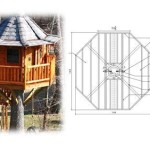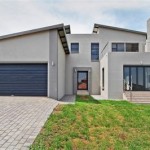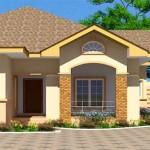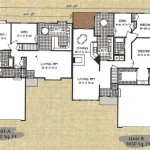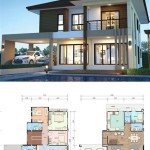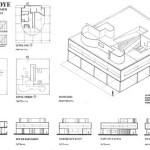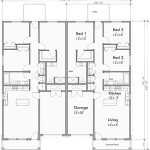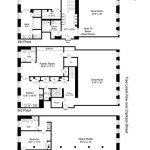Log Home Plans With Photos: A Comprehensive Guide to Essential Aspects
Log homes exude a timeless charm and rustic appeal that can't be matched by any other building material. If you're considering building a log home, you'll need to carefully plan every aspect of the design, from the layout to the materials used. This comprehensive guide will provide you with all the essential information you need to create a beautiful and functional log home that will stand the test of time.
Types of Log Homes
There are two main types of log homes: full log and half log. Full log homes are built using solid logs that are at least 6 inches in diameter. Half log homes use logs that are cut in half along their length, creating a flat interior surface. Full log homes are more expensive to build than half log homes, but they offer better insulation and have a more authentic log cabin feel.
Log Home Design Considerations
When designing your log home, there are several important factors to consider:
- Size: The size of your log home will depend on the number of people who will be living in it and the activities you plan to do in it.
- Layout: The layout of your log home should be functional and efficient, with easy access to all the rooms. Consider the flow of traffic and the location of furniture when designing the layout.
- Style: Log homes can be built in a variety of architectural styles, from traditional to contemporary. Choose a style that complements the surrounding environment and your personal tastes.
Log Home Construction Materials
The type of logs you use for your log home will have a significant impact on the look, feel, and durability of your home. Here are a few of the most popular options:
- Pine: Pine is a softwood that is relatively inexpensive and easy to work with. It is a good choice for smaller log homes or cabins.
- Spruce: Spruce is another softwood that is strong and durable. It is a good choice for larger log homes or homes that will be exposed to harsh weather conditions.
- Cedar: Cedar is a naturally rot-resistant wood that is ideal for log homes. It is more expensive than pine or spruce, but it will last longer and require less maintenance.
Log Home Maintenance
Log homes require more maintenance than other types of homes, but with proper care, they can last for centuries. Here are a few tips for maintaining your log home:
- Clean the logs regularly: Dirt and debris can accumulate on the logs over time, which can lead to decay. Clean the logs regularly with a mild soap and water solution.
- Inspect the logs for damage: Regularly inspect the logs for signs of damage, such as cracks, rot, or insect infestation. Repair any damage promptly to prevent it from becoming worse.
- Reseal the logs: The sealant on the logs will help to protect them from the elements. Reseal the logs every few years to keep them in good condition.
Log Home Plans With Photos
To help you get started on your log home project, we've compiled a collection of log home plans with photos. These plans include a variety of sizes, styles, and layouts to meet your needs. Browse the plans and find one that you love!
Building a log home is a rewarding experience that can result in a beautiful and durable home that you'll enjoy for years to come. By carefully planning your project and following the tips in this guide, you can create a log home that is both functional and beautiful.

Small Log Homes Kits Southland

Log Home Floor Plans Cabin

10 Bedroom Log Cabin Floor Plans Ideas House Home

Log Home Floor Plans

Log Cabin Home Floor Plans The Original Homes

Log Home Plans Floor Designs The House Designers

Log Home And Cabin Floor Plans Custom Handcrafted Homes Us Europe

Log Cabin Floor Plans Many To Choose From

Birch Creek Log Home Floor Plan By Wisconsin Homes

Lodge Log And Timber Floor Plans For Homes Lodges Cabins Bear Lake

